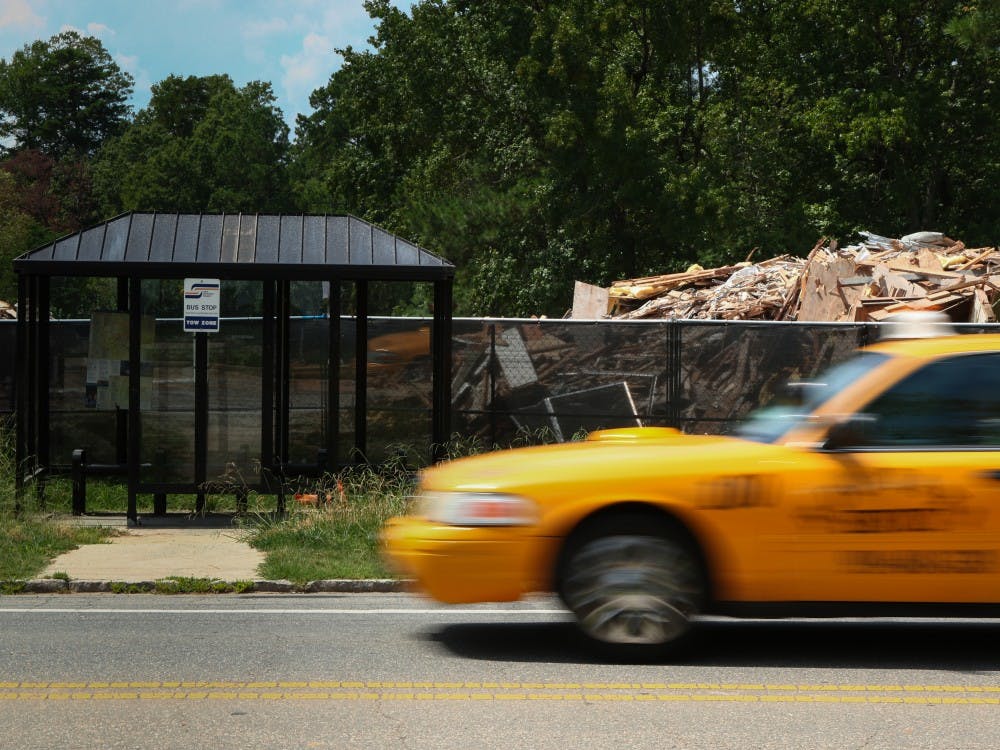Demolishing some Central Campus apartments took longer due to an unsuspected obstacle—asbestos.
The apartments on Central Campus had “some amount of asbestos-containing material in pipe wrap, ceilings, floor tiles and exterior boards,” Director of Project Management Paul Manning wrote in an email. The removal process took five months and was carried out by contractor Enpuricon Inc, costing $2.7 million.
The removal took longer than initially expected because carpet glue containing asbestos had adhered to concrete in the floor of the apartments, Manning wrote.
The asbestos is “all gone, but it took longer and it cost more money” because of the glue, Executive Vice President Tallman Trask told The Chronicle. He noted that the Central Campus apartments were built “on the cheap and not very well, which is part of the reason why [Duke is] getting rid of them.”
Manning wrote that an independent expert inspected the buildings and determined that the asbestos did not pose a health risk to occupants.
Asbestos is a known carcinogen but only dangerous when airborne, said John Dement, professor emeritus in community and family medicine who has researched environmental carcinogens. It is common practice to leave asbestos-containing material in place and monitor its condition until it can be removed during a major renovation or demolition, Dement said.
“Materials that are intact and in place, not damaged, not crumbling and causing issues, are typically not a problem,” Dement said.
Trask said the University was aware that there was asbestos in the buildings, but it did not pose a health risk because it was under the carpet.
“There’s always a risk as you expose and hit asbestos,” Trask said. “But that only happened when we pulled the carpet out.”
Dement said that “it would have been common practice” to use asbestos-containing materials in the 1970s, when Duke built the Central Campus apartments.
According to a document published by the University’s Occupational and Environmental Safety Office, there are asbestos-containing materials in “many of the buildings at Duke,” and the most common use is in “pipe insulation… floor tile, and acoustical plaster.”
The document urges residents who find damaged materials that may contain asbestos to contact Housing and Residence Life.
The apartments originally housed graduate students but eventually transitioned to undergraduates. Students lived in them for the last time during the 2018–19 academic year, and their demolition began in August 2019.
The University has not yet established a long-term plan for the use of most of the land. Trask told The Chronicle in October 2019 that he would like it to become a premier research park.
Get The Chronicle straight to your inbox
Signup for our weekly newsletter. Cancel at any time.
Matthew Griffin was editor-in-chief of The Chronicle's 116th volume.

